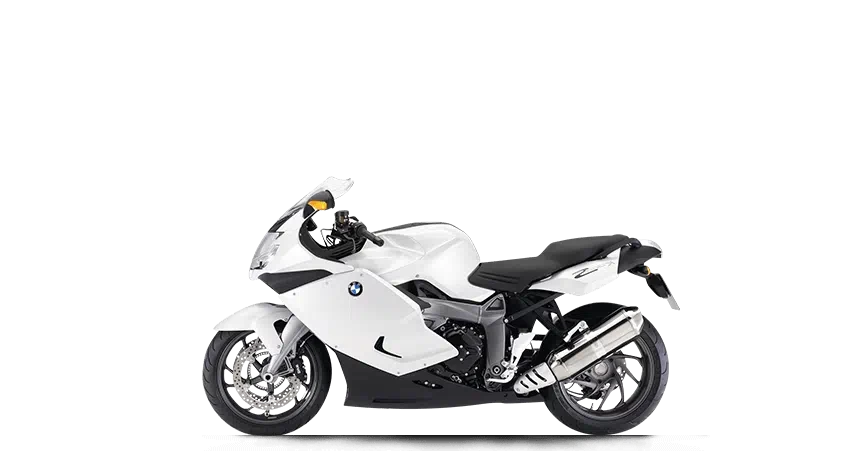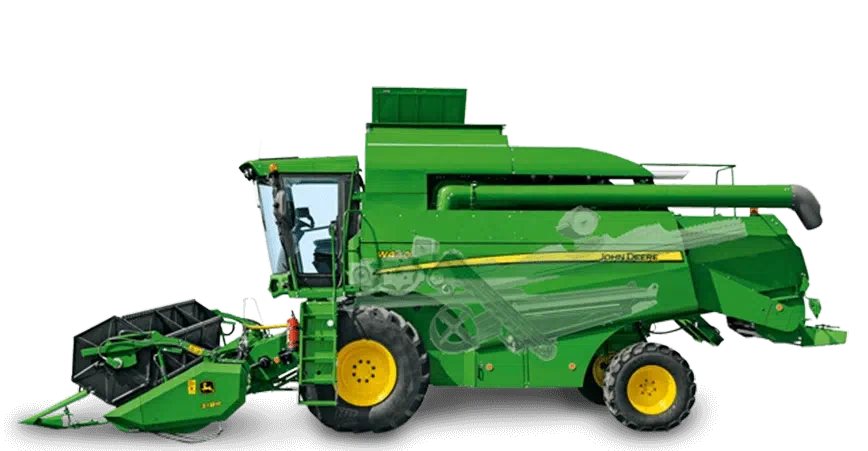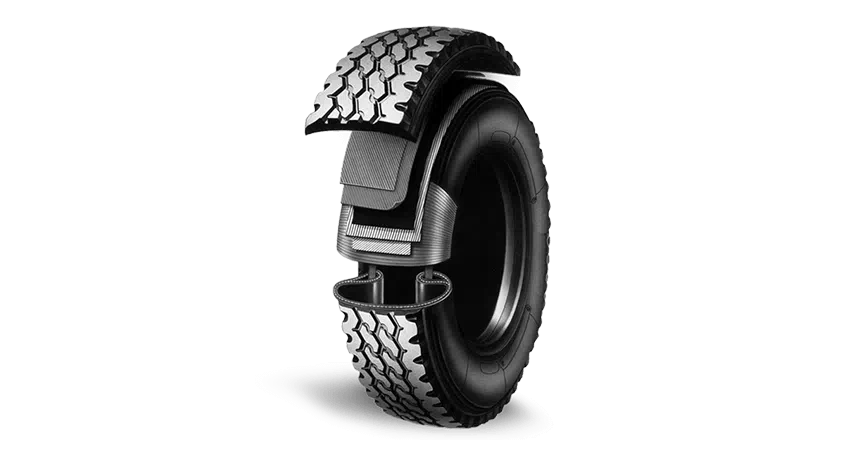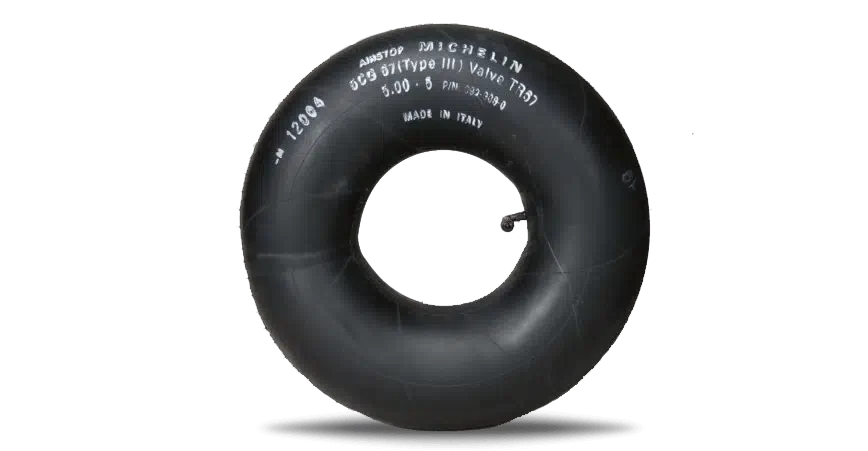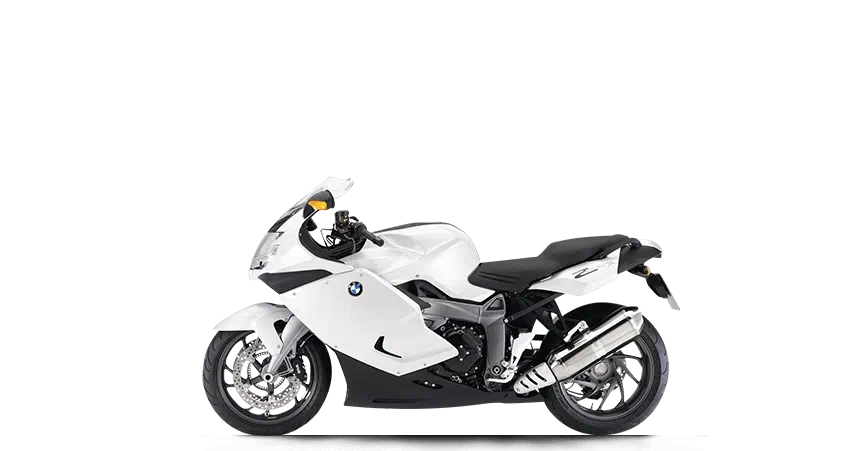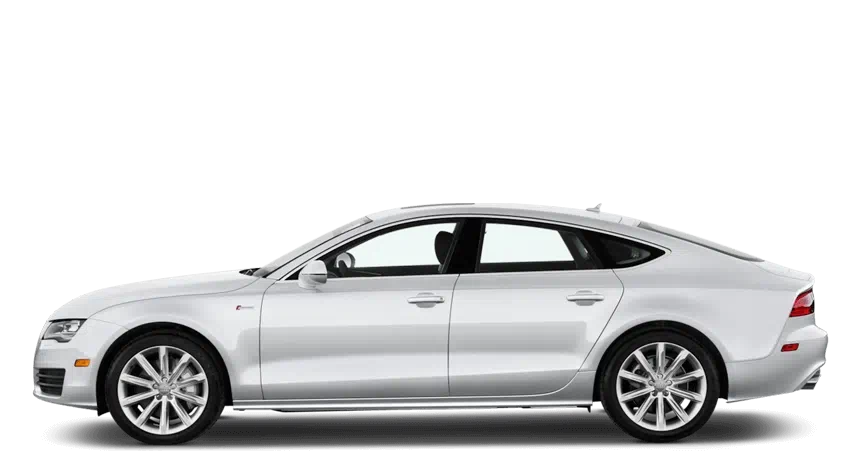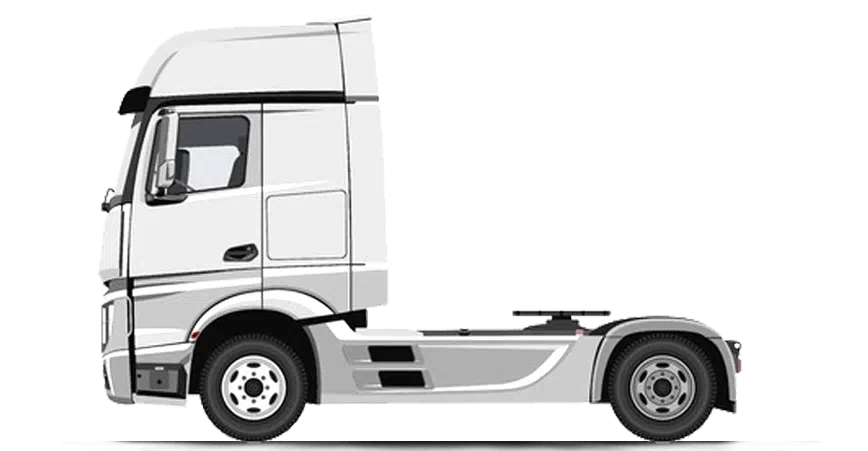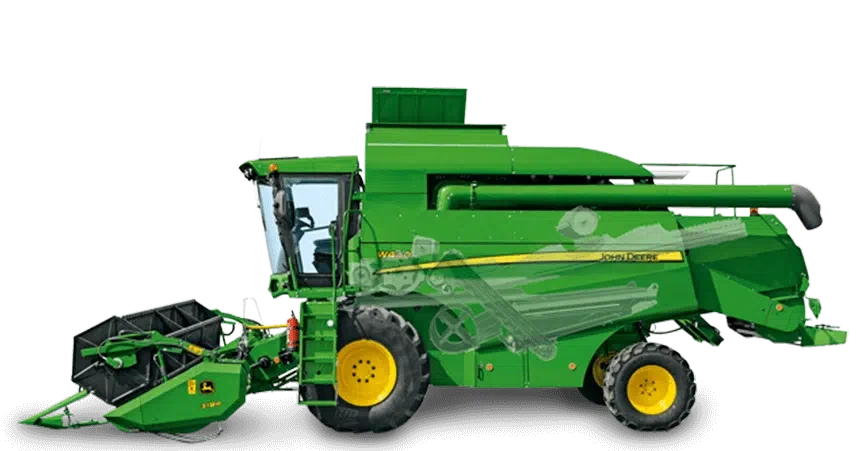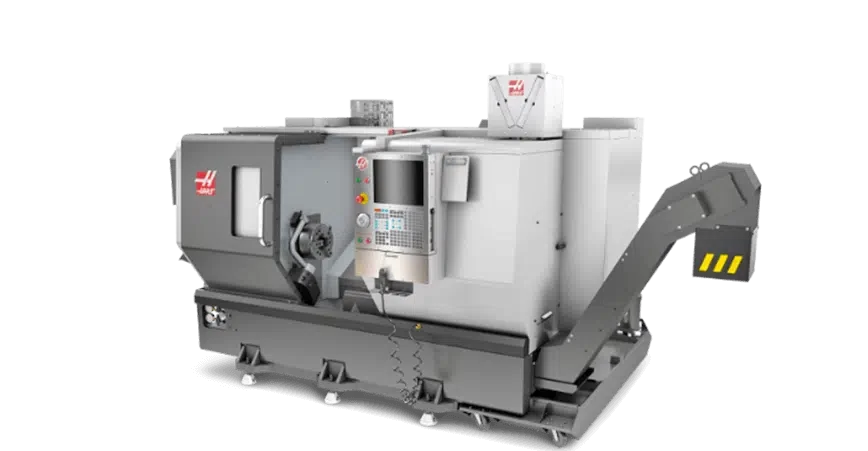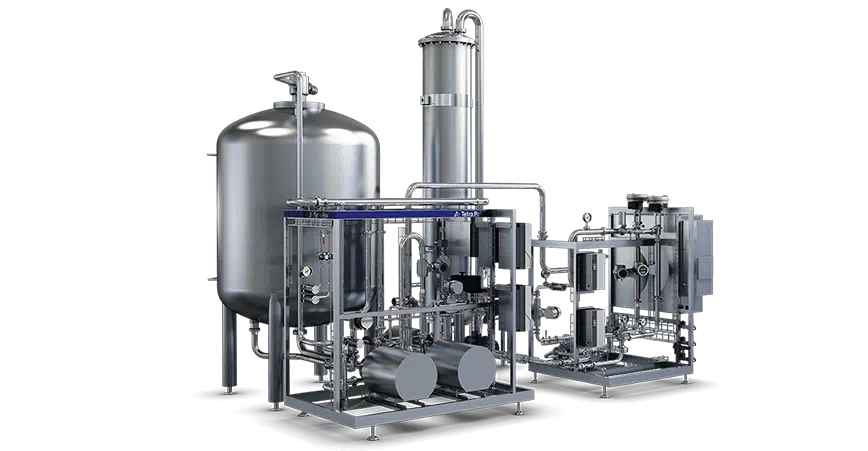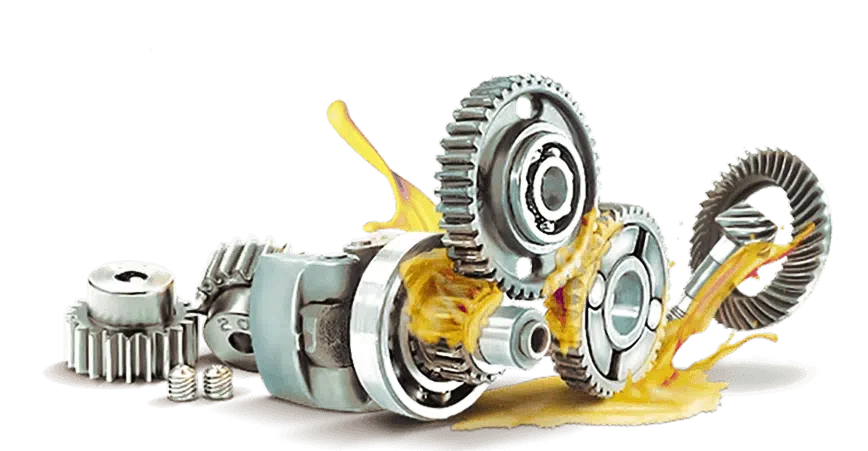LUBRICANTS
The question is often asked, can the same or different viscosity oils of different manufacturers be mixed?
A synthetic oil chemist knows the concentration of base oils and lubricants in their own oil, but the formula varies from manufacturer to manufacturer. If the lubricants and base oils do not mix when mixed, the result can be disastrous. The same is true when mixing different viscosity oils, their properties may be incompatible. In this case, we should try to replace the engine oil with a new one as soon as possible.
For any reason, for example, due to the aging of the car, when changing the viscosity of the engine oil in the car, it is allowed to switch only to relatives or to the viscosities recommended by the manufacturer. For example: from 0W20 to 5W30. 5W30 to 5W40, etc. Because of the free space between the interacting parts, the oil needs a larger protective layer. We must remember that as the parts wear out and the space between them increases, the channels through which the oil must pass do not necessarily increase. The channels are designed for exactly the oil that was originally recommended by the manufacturer for the car. Therefore, when changing the viscosity, we should choose an oil that has a relatively thicker protective layer, but is similar in temperature and physical properties to the primary oil.
API (American Petroleum Institute) (American Petroleum Association) Marking Example: API SJ / CF SF / CC CJ-4
This standard evaluates the performance properties of the oil.
The letter "S" (SERVICE) indicates that it is intended for gasoline engines, andthe letter "C" (COMMERCIAL) - for diesel engines. The following letters indicate the oil quality level and the year of receipt of this allowance. Measured from A to N for gasoline engines and from A to J for diesel engines. The farther the second letter is from the beginning of the alphabet, the better. The number 2 or 4 indicates that the oil is suitable for two- or four-stroke engines respectively. Universal oils have both accesses. The specification, which is written first, indicates the advantages of its use. SG / CD predominantly for petrol. CD / SG preferably for diesel.
ACEA (European Automobile Manufacturers Association)
Marking example: ACEA A3-96 B3-96 A3 / B3 A3 / B4
There are three types of oils in cars:
A - for gasoline engines of passenger cars;
B - for diesel engines of passenger cars;
С - for both types of cars (petrol/diesel) engines are equipped with a catalytic converter.
There is one type of oil in the truck designations:
E - for diesel engines of trucks.
The number after the category indicates the oil quality level. The higher the number, the newer the generation and the more difficult the oil can work under.
With low sulfate ash or so-called. LOW SAPS OILS:
LOW SAPS
Low - Eng. Low; SA (Sulfated Ash) - sulfate ash; P (Phosphorus) - Phosphorus; S (Sulfur) - Sulfur. Thus, it is an oil with a low content of sulfur, phosphorus, and sulfate ash. In LOW SAPS the numerical oil ratio should be below 1, in MID SAPS within 1, and, in the case of Full SAPS above 1.
Decrypt vehicle markings:
A1 / B1 - FULL SAPS > LOW HTHS > Designed to reduce fuel combustion and energy consumption > for American and Japanese cars.
A3 / B3 - FULL SAPS > HIGH HTHS > Designed for increased shift intervals > For predominantly European vehicles.
A3 / B4 - FULL SAPS > HIGH HTHS >> Designed for increased change interval > Predominantly for European cars.
A5 / B5 - FULL SAPS > LOW HTHS designed to reduce fuel combustion and energy consumption> for American and Japanese cars.
C1 - LOW SAPS > LOW HTHS> Designed to reduce fuel combustion and energy consumption > for American and Japanese cars.
C2 - MID SAPS > LOW HTHS> Designed to reduce fuel combustion and energy consumption > for American and Japanese cars.
C3 - MID SAPS > HIGH HTHS> Designed for increased switching interval > Predominantly for European vehicles.
C4 - LOW SAPS > HIGH HTHS> Designed for increased switching interval > For predominantly European vehicles.
There are oils with a wide viscosity range that are always the best option when there is a significant variation in outdoor temperature or when driving in a sporty manner.Oil viscosity ranges are as follows: 0W60, 10W60, 5W50 - synthetics, 15W50 mineral, etc. Caution is advised at this point, as the letter W increases by increasing the proportion of thickening grease in the oil to raise the next digit, resulting in the premature destruction of other greases in the oil, such as detergent additives. As a result, the viscosity and temperature of the oil have increased, but it can no longer provide engine cleanup and can lead to catastrophic results after a while.As a result, we should avoid using oils with a wide viscosity spectrum in the engine. If we can't stop it for whatever reason, we should try to replace it until it burns. In Georgia, the rate of destruction is 2000 kilometers.
LOW SAPS
Low - Eng. Low; SA (Sulfated Ash) - sulfate ash; P (Phosphorus) - Phosphorus; S (Sulfur) - Sulfur. Thus, it is an oil with a low content of sulfur, phosphorus, and sulfate ash. In LOW SAPS the numerical oil ratio should be below 1, in MID SAPS within 1, and, in the case of Full SAPS above 1.
Manufacturers of specific vehicles or engines recommend what types of oils should be consumed in manufactured units.
SAE Society of automotive engineers.
Example of marking: SAE 10W / 30 / 10W40 / 5W40 / 15W40 / 0W20
We discover if the oil will sustain the requisite viscosity despite temperature fluctuations during the marking process. One digit (10W) denotes seasonal oils, while two digits (10W40) denote all seasonal oils.
The letter "W" stands for the word "WINTER." The number in front of it refers to a specific winter temperature. At lower temperature, the oil lacks its initial properties and no longer performs optimally. The fewer the number, the lower is the temperature at which the oil can be extracted. The initial tier is 0.The absence of the letter "W" (SAE 10, SAE 40) means that the oil is ideal for summer use and shows viscosity during heating. The higher setting means that the oil's viscosity holds better at high temperatures.Kinematic viscosity is measured in a capillary viscometer while the oil is statically heated to 40 and 100 degrees.Dynamic viscosity is measured in a rotary viscometer at varying speeds when the oil is heated to 150 degrees.The HTHS (HIGH TEMPERATURE, HIGH SHARE) test is used to evaluate dynamic viscosity, which determines how well the pieces bind with each other when heated to a certain temperature. In the thicker oil the figure is higher and the more energy is required for the pieces to interact. Low viscosity and low HTHS oils (0W20, 5W20) are recommended by automakers for more efficient and less fuel-efficient engines, while high viscosity and high HTHS oils (5W40, 10W60) are recommended for power generation.
The oil's composition
Base oils and additives make up automotive oils. In standard oil, approximately 70-95 percent is the base oil, while various additives account for the remaining 5-30 percent.
What are the different forms of additives?
Lubricants come in various forms. They provide the oil with the properties it requires to perform its primary functions. Foams and anti-oxidation coatings serve to preserve the oil. The temperature of the oil is affected by using a viscosity/thickener and depressor. Surface safety is provided by anti-wear, corrosion inhibitors, detergents, and dispersion coatings. Some of them can perform several different functions as well.
Oil functions:
- Shape a thin and solid layer on the working details, prevent direct contact between them and thus protect from wear;
- First, fill in the gaps between the cylinder-piston group's components to eliminate or minimize gas leakage from the combustion chamber;
- conduct heat generated by fuel combustion and friction, and then cool the engine parts;
- Stop the formation of fouling and varnish-like surfaces;
- Protect engine parts from corrosion;
- Prevent the formation of sediment, keep post-wear residues in the form of a strong emulsion, and remove them from the friction zone;
- Neutralize the acid formed by oil extraction and fuel combustion.
General issues
Car owners often wonder if it is worth washing the engine with various external means such as special washing oils and chemical additives. Although the washing machine of the world giant, SHELL, did not previously provide detergents at all, there are several cases where the engine needs to be flushed with other means besides standard engine oil.
1. When you permanently consume mineral oil - mineral oils, the sediments in the engine handle poorly, therefore a small amount of dirt remains in the engine and over time accumulates on its surface. Complete expulsion of this sediment from the engine is impossible without flushing.
2. If you use mineral oil and want to switch to synthetic or semi-synthetic after engine repair - because synthetic oils have stronger washing properties, they will absorb sediment dirt, which increases the risk of oil ducts and filter clogging. Also, pouring direct synthetics can cause the oil to turn into a jelly, which adversely affects engine performance and its future condition.
3. When you have to put unsuitable oil in the engine due to force majeure, or you suspect that poor quality oil has been sold to you, it is helpful to wash the engine as it will eliminate the presence of grease and dirt in the engine.
There are two types of detergent:
• Small volume, so-called five-minute.
• Full volume washing oils that are poured instead of old oil.
Washing oils - usually ordinary oils. Its basis can be mineral or synthetic, only, with a special set - enhancing the washing properties. There are other additives in it, but their function is to keep the engine in the rinsing process. Such oil has significantly better means of creating a stable slag mixture and removing it from the engine. After the old oil is released, it is poured into the engine and has to run for a few minutes on idle torque. Because washable oil has degraded lubricating properties, it can never be used at high revs. This oil is then expelled and fresh oil is poured.
Five-minute - different types of additives, which are packaged in small vials, mix with old oil and restore the washing oil washing functions. In this case, in case of mixing, the old oil should be released and replaced with a new one after about 5 minutes. It removes dirt from the engine walls very well and removes it from the system. Conventional engine oil also has this feature. By this time there is already so much dirt in the oil that it will no longer be able to dilute the extra dirt.
Misuse of this tool is also associated with great dangers. If the degree of contamination is too great, the adhesive can remove large amounts of dirt particles so that it can no longer come out and get stuck in the system. If used for too long, the chokes and gaskets can be damaged.
Engine rinsing can also be done with frequent changes of medium-level oil. In this case, it is possible to use the oil washing functions as much as possible, without the intervention of any chemicals. The latter is the most effective and safe method, but it is much more expensive than the first two procedures.
To evaluate engine leakage risks:
You risk too much if you pour five minutes into dead oil and a dirty engine.
The risk level is reduced if you pour five minutes into a dirty engine and fresh oil.
The risk level is further reduced if you pour washing oil into a dirty engine.
There is almost no risk if you pour the usual intermediate oil for 1-2 thousand kilometers.
Systems for reducing toxic emissions
Exhaust Gas Recirculation (EGR) - recirculation process of exhaust gases.
Exhaust Gas Recirculation (EGR) - reduction in nitrogen oxides (NOx) emissions.
Exhaust Gas Recirculation (EGR) is a system that recirculates exhaust gases. This process leads to a significant reduction in nitrogen oxides (NOx) emissions. The EGR reduces NOx by lowering the oxygen concentration in the combustion chamber, as well as through heat absorption.Deterioration of engine characteristics results in increased fuel consumption and power loss. Strong soot formation is marked by increased oil viscosity, wear, and corrosion.
Systems for reducing toxic emissions
DPF - A diesel particulate filter - is a filter that captures and stores exhaust soot to reduce emission. The regeneration mode is activated after the accumulation of soot particles, resulting in firing soot.
Low SAPS - Low Sulphated Ash Phosphorus Sulphur - Demand for oil (low sulphated ash, phosphorus, and sulphur).




